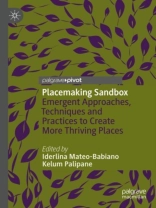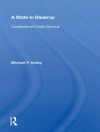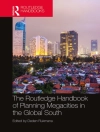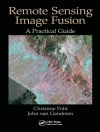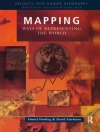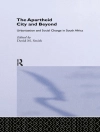Placemaking Sandbox offers a valuable collection of placemaking case studies, designed for teachers and students to build expertise in shaping and creating thriving public places. Each chapter outlines the latest research and practice underpinning placemaking pedagogical approaches, with specialist authors developing and interrogating methodological techniques and reflecting on current teaching and research. By taking a hands-on and experimental look at emergent practices, pedagogies and methods in placemaking across different contexts, this book will help deepen understandings on how to wrestle with complex conditions generated by place. In
Placemaking Sandbox contributors skillfully tackle a little researched topic on the pedagogy of place and placemaking, and in the process offer a distinctive bridge between academia and practice.
Inhoudsopgave
Chapter 1 Reimagining Place through the Sandbox Studio Pedagogy: An Introduction.- Chapter 2 Head, Heart, and Hands Model for Placemaking Learning: The Sandbox Studio Approach.- Chapter 3 Capturing the Multiplicities of Place: Neighbourhood and Classroom.- Chapter 4 Performing Landscape: Landscape as Medium for Placemaking.- Chapter 5 Realising ‘Rights to the City’ in Contested Space.- Chapter 6 Learning Placemaking and Green Space Design: A Case Study.- Chapter 7 Conclusion: Placemaking as Critical Pedagogy of Place.
Over de auteur
Dr Iderlina Mateo-Babiano is Senior Lecturer in urban planning at the University of Melbourne. An architect, urban planner and transport planner by training, she teaches and coordinates the subjects Urban Design for People and Places, Place Making for The Built Environment and Cities without Slums. She is part of the collaborative Place Agency organisation—an award-winning group of academics and placemakers delivering education programs focused on placemaking theory and practice.
Dr Kelum Palipane is Lecturer in Architectural Design at the Faculty of Architecture Building and Planning, University of Melbourne. Through her research and teaching, Kelum investigates how creative ethnographic methods can inform design in demographically complex urban conditions. Prior research has included developing a design framework that would help retain and foster the placemaking practices of multicultural communities in urban regeneration projects.
